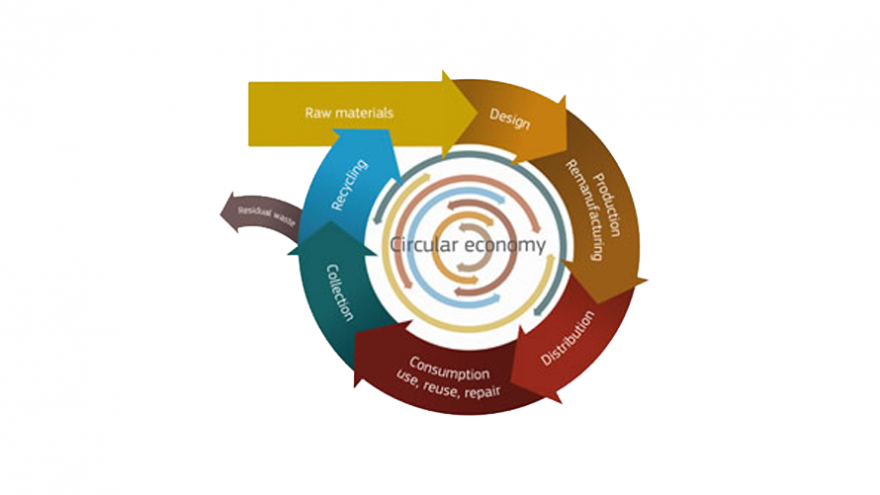The transition from a linear to circular economy it is a demonstration that careful product design, that consider the resources used along life cycle (with particular attention to end of life product and recycle of materials), can lead to higher profits. Many companies have identified strategies of environmental sustainability as an additional cost of process or as a marketing opportunity.
Many companies declare their commitment to environmental sustainability with phrases about the product recyclability, although this has not a recovery system (for example toys, furniture, glasses, footwear, clothing, …).
But, who recycles these products?
It is necessary to establish specific rules because the principles of sustainability and circular economy are reflected in the market to valorize the resources in the productive cycles (recycled materials) and protect of non-renewable resources.
The new package that the European Commission presents i few months about circular economy, it should provide general guidelines on the application of new systemic approaches for valorisation of resources used for products production.
It is important to take account of all the experiences of projects carried out, which showed that the road is viable and sustainable.
I am referring, for example, about products such as home appliances, vehicles, tires and packaging, where the collection system achieve 80-90% of recycled materials.
This is certainly a good starting point that needs to be improved through the product design, with the introduction of reward instruments that push towards the use of recycled materials and natural materials from renewable sources certified.
In the last ten years I have done sustainable projects for small and large companies and for different types of products. I have always considered the economic aspects throughout the product lifecycle.
The choice of materials in relation to the economic value of product after the recycling process has been always a my principle.
A principle that must be communicated to the companies because the waste was/is perceived only as a cost and not as a resource.
The application of a successful model of circular economy should assume that all materials should be considered as a resource to be “temporarily” used and return back to system so that it can be reused.
The inapplicability of this principle transversally to all industrial products, will ensure that there will be always circular economies and linear economies with the inevitable waste of resources.
Image source: European Commission



